
The design of the Alma Mater School celebrates Jodhpur’s traditional crafts and artisans. The partnership with Hunnarshala Foundation was to develop a campus that represents their values and helps create creative opportunities for learning and teaching.
Alma Mater is a school in Jodhpur that peruses a mission wherein the children will develop moral, physical, emotional character with empathy for the world around. The pedagogy is based on making children learn by becoming aware at all times of their experience; rooting learning in an appreciation of how society and the world functions. Alma Mater is an alternate school designed and built to withstand the hot arid climate of Jodhpur. The design celebrates Jodhpur’s traditional crafts and artisans. The partnership with Hunnarshala was to develop a campus that represents their values and helps create creative opportunities for learning and teaching. The partnership agreed that the campus will represent the ideals of sensitivity to the environment; an appreciation of the crafts, working with one’s hands; and an appreciation of history.
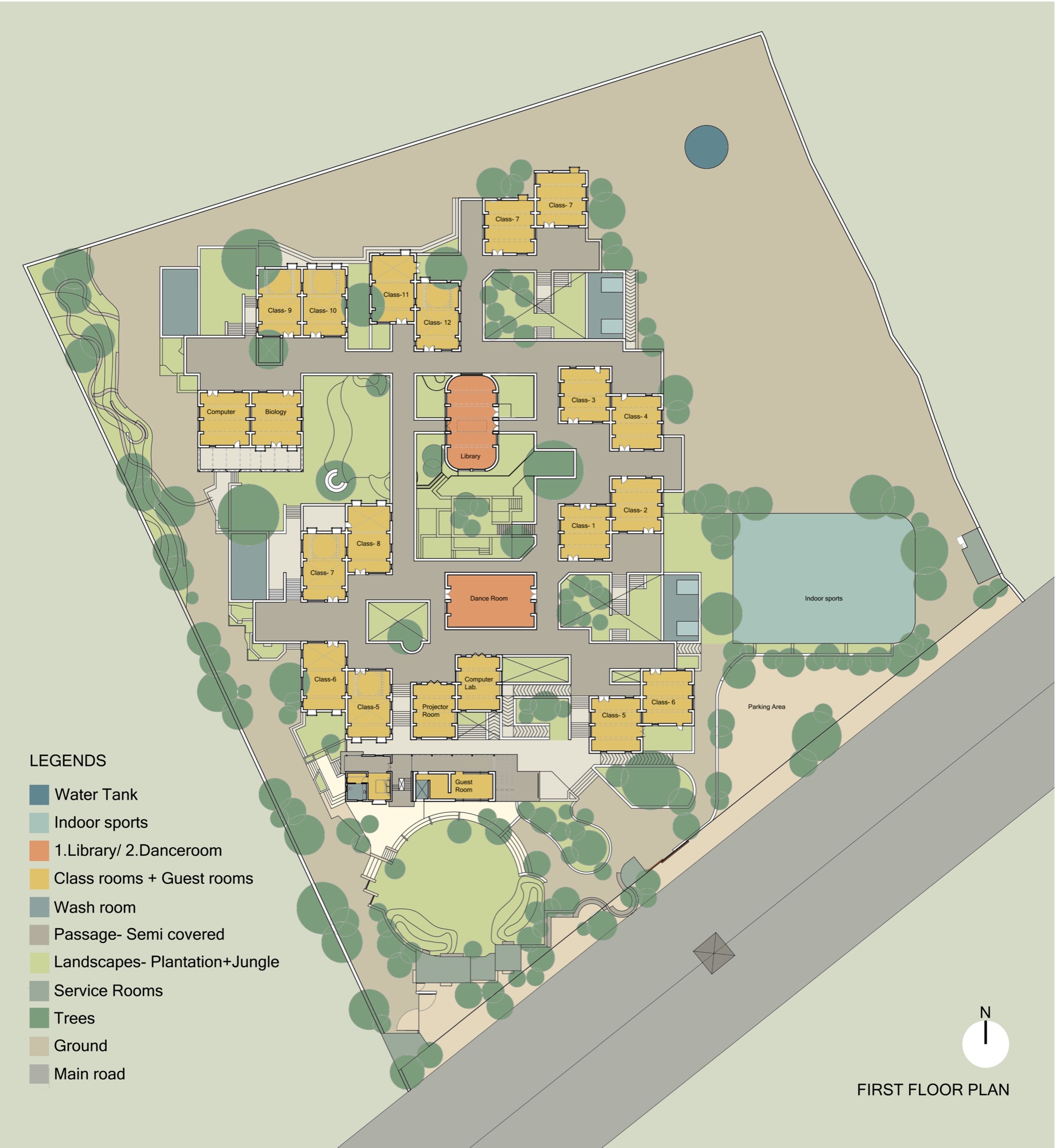

The design is based on the principle of interconnected courtyards that is best suited for tropical, hot arid climates. It follows passive architecture that analyses the climate of Jodhpur to reduce the use of energy and maintain comfort conditions, especially for the high summer temperatures (+40 degrees Celsius). To reduce the carbon footprint of the buildings, a large majority of the materials are procured locally with low embodied energy; the key materials are stone, mud, lime and recycled wood. The campus will grow a huge diversity of arid Rajasthan flora, so the children come to respect and appreciate it. Rajasthan has a rich craft tradition in textiles, pottery, iron smithy, wood carving, lime, stone etc. The campus tries to celebrate these traditions, albeit with modern expressions.



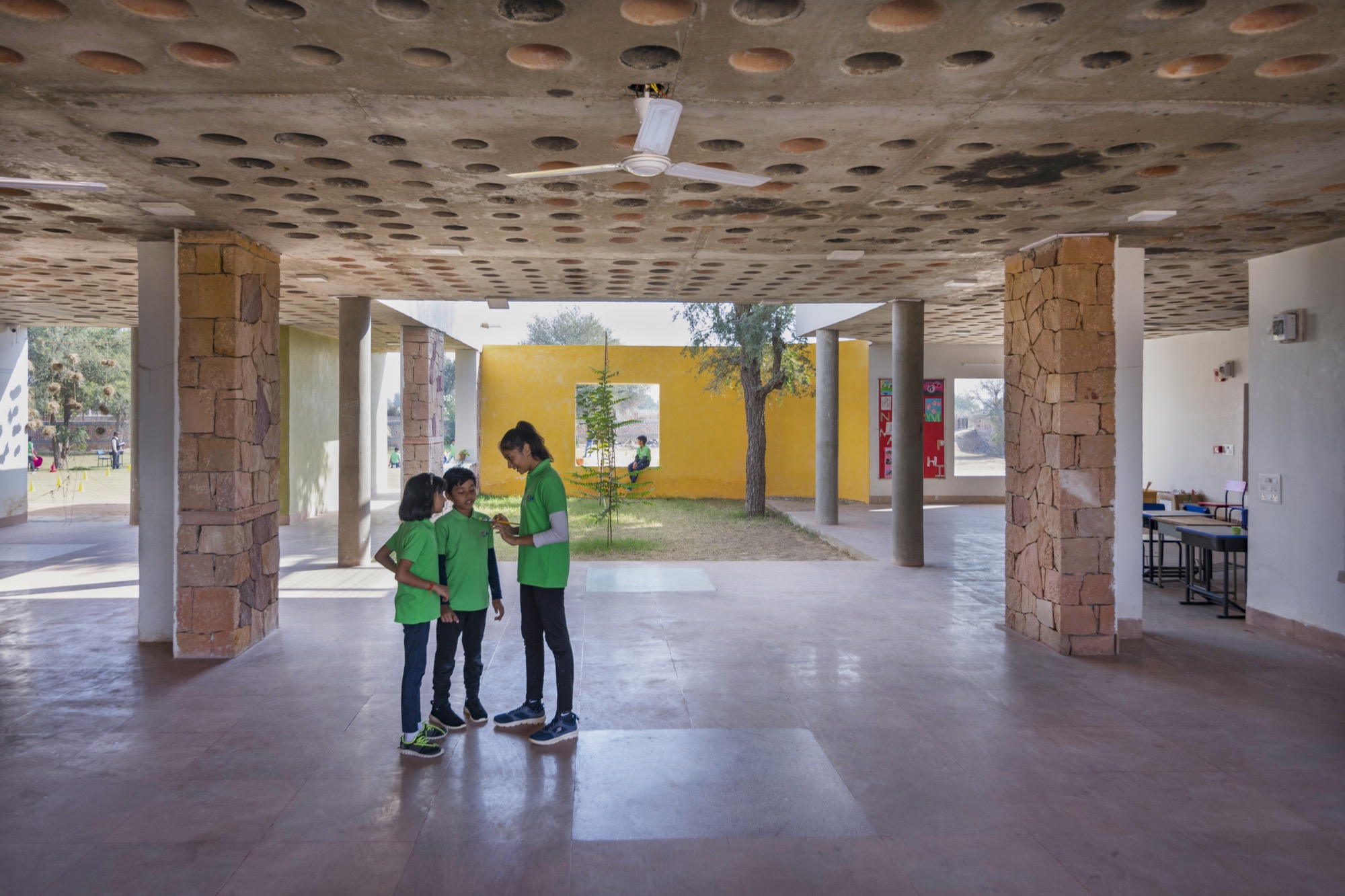
The school has not only used Kodi lime plaster in the entire campus but has also used lime as the mortar for the stone walls. The inside plasters have added some color tints to lime as well. While the mortar mix was designed and tested by Hunnarshala experts, the plasters were done by Beejaram. He is a traditional lime, Kodi, plaster artisan from a village close to Jodhpur. The school uses the cheapest available stone as random rubble, but got skilled artisans to make it look exquisite!
The school site used to be a farm with well drained soil, which is ideal for making stabilized earth blocks. That is soil blocks made in hand pressed machines with a little bit of cement and a dash of lime. Hunnarshala artisans; Ramesh with his team used the excavated soil for the foundations to make blocks. These were used in the building for making walls and roofs. Most of the ground floor rooms are covered in vaults made from these earth blocks. In many of the first floor classrooms, we invited Nawab from Uttar Pradesh to make shallow domes from the same earth blocks. This is a Mogul tradition that a small group of artisans have preserved, handing it down the generations for over five hundred years! The advantage of making earthen flat roofs is that it reduces the requirement of steel and cement drastically and yet is able to make flat roofs to build above.




Wood has been used liberally in the project. All the first floor sloping roofs, mezzanines, windows, doors and louvered terraces use it. However, all the wood used in the project is recycled wood; not a single tree has been sacrificed to make this building. The wood is derived from ship breaking yards and antique dealers. In fact the design of the school has been built around all the existing indigenous Khejdi trees on site, adding shade, protection from the sun and the chirping of birds to the campus.
The majority of the sloping roofs face north to avoid the harsh summer sun. And the roofs have a cavity with an opening on both ends to wind sweep the heated air within. It also has an aluminium foil in the cavity to cut off the UV rays that are responsible for much of the heat. The understructure of the roof and the lower surface is made from teak wood giving warmth and texture to the classrooms. The classroom has North light pouring in from the roof that provides uniform reflected light. The windows themselves are made of louvered or shutters made from wooden planks that can be closed to cut off the tropical glare.
Through the building of the school, Hunnarshala is working with the master craftspeople of the Marwar region that Jodhpur is part of. The objective is to con-temporize the crafts to add detail and aesthetics to the building. This will help students become familiar with their region’s crafts and value handmade skills. Two crafts that have been explored in phase 1 are metal waste murals and mosaics for flooring.
More images:











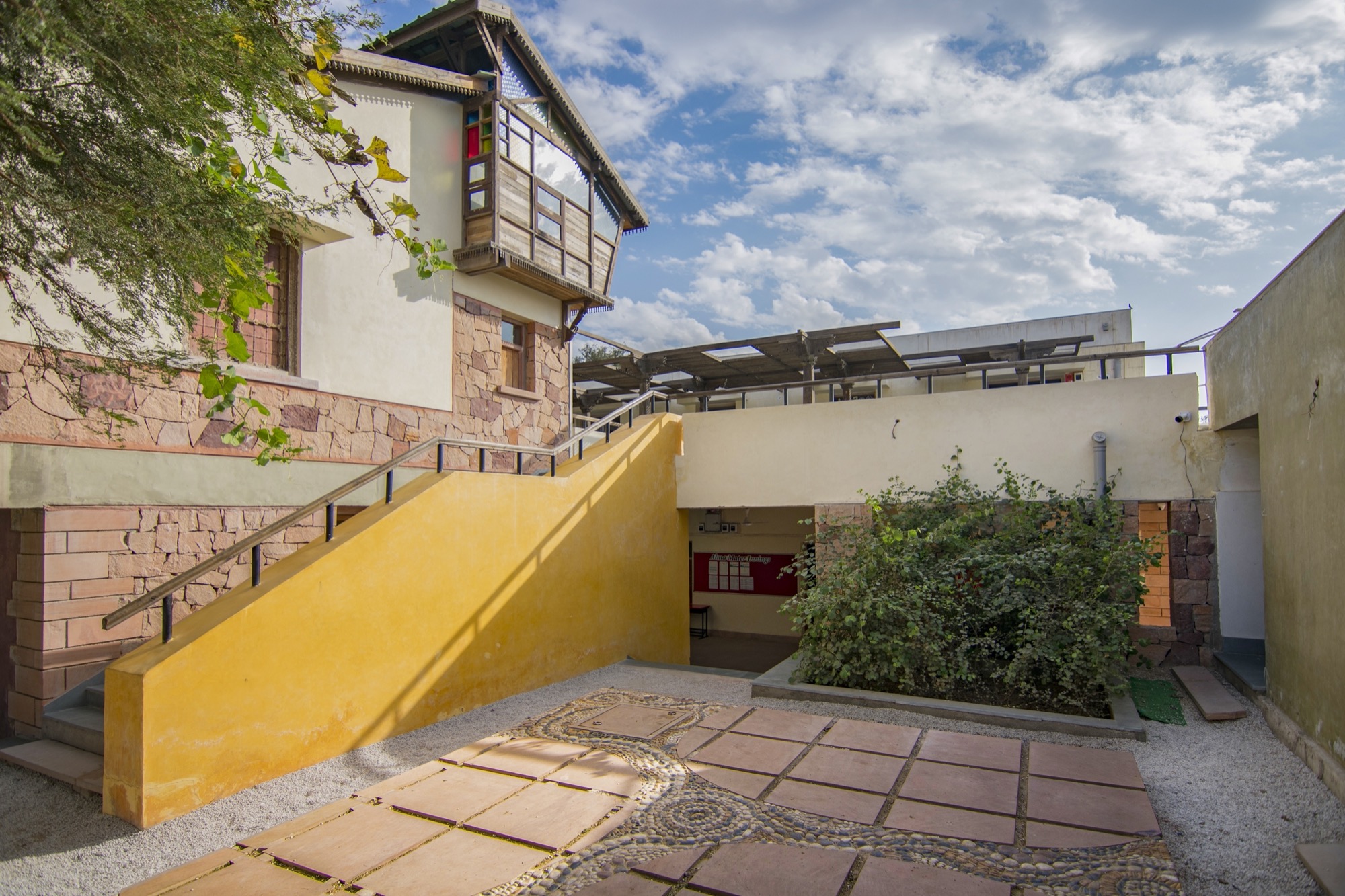










PROJECT DATA
Project Name: Alma mater school
Location: Jodhpur, Rajasthan.
Site Area: 3.07 Acres.
Built-up Area (Phase 1): 35,800 sq. ft.
Cost of construction: Rs. 1500 per sq. ft
Project Status:
Phase 1 Completed, January 2019
Phase 2 ongoing
Clients: Vaibhav Doshi & Archita Tatia
Photo Credits: Nikhil Paliwal.
Architects: Sandeep Virmani, Gaurav and Partik Zaveri.
Engineers and Experts: Mahavir Acharya, Keyur Sarda.
Interns: Ekta, Shuktika, Haripriya, Veekshith, Gaurav Varshney and Keerthana.
Artisans: Ramesh (Mud work and Vaults construction), Nawab (Shallow domes), Beejaram (Kodi Marble – Lime finishes), Sonaram and Shravan (Wood work).
Consultants: Bhairav Patel (Structural), Pankaj Joshi (Plantation), Samir Mehta (Electrical), Chetan Vyas (Plumbing and Rain water harvesting), Yogesh Jadeja (Water recharge)
Project Manager / Site Engineer: Manoj Kumar Tyagi.
Civil Contractors: Nemichand.


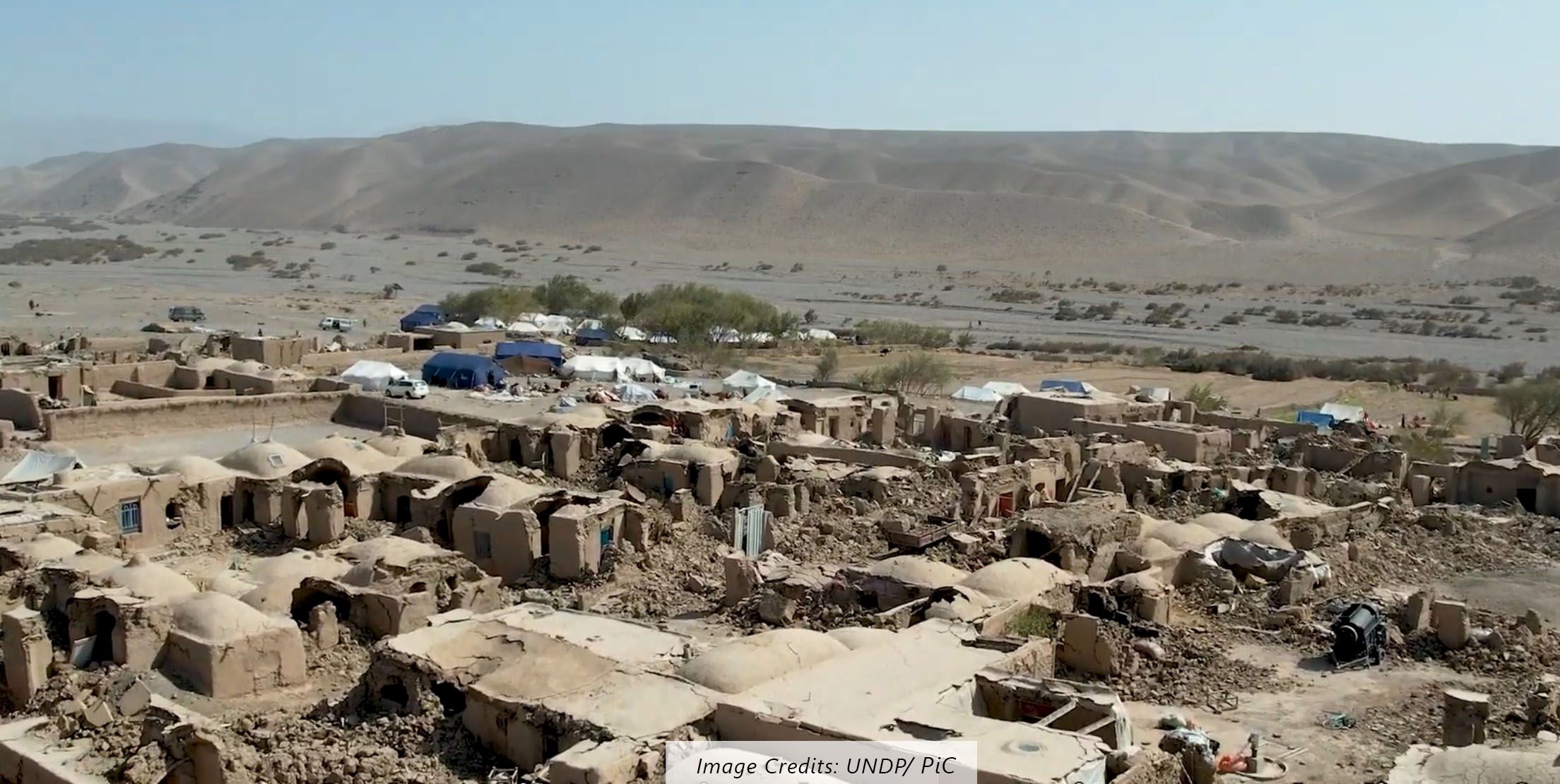
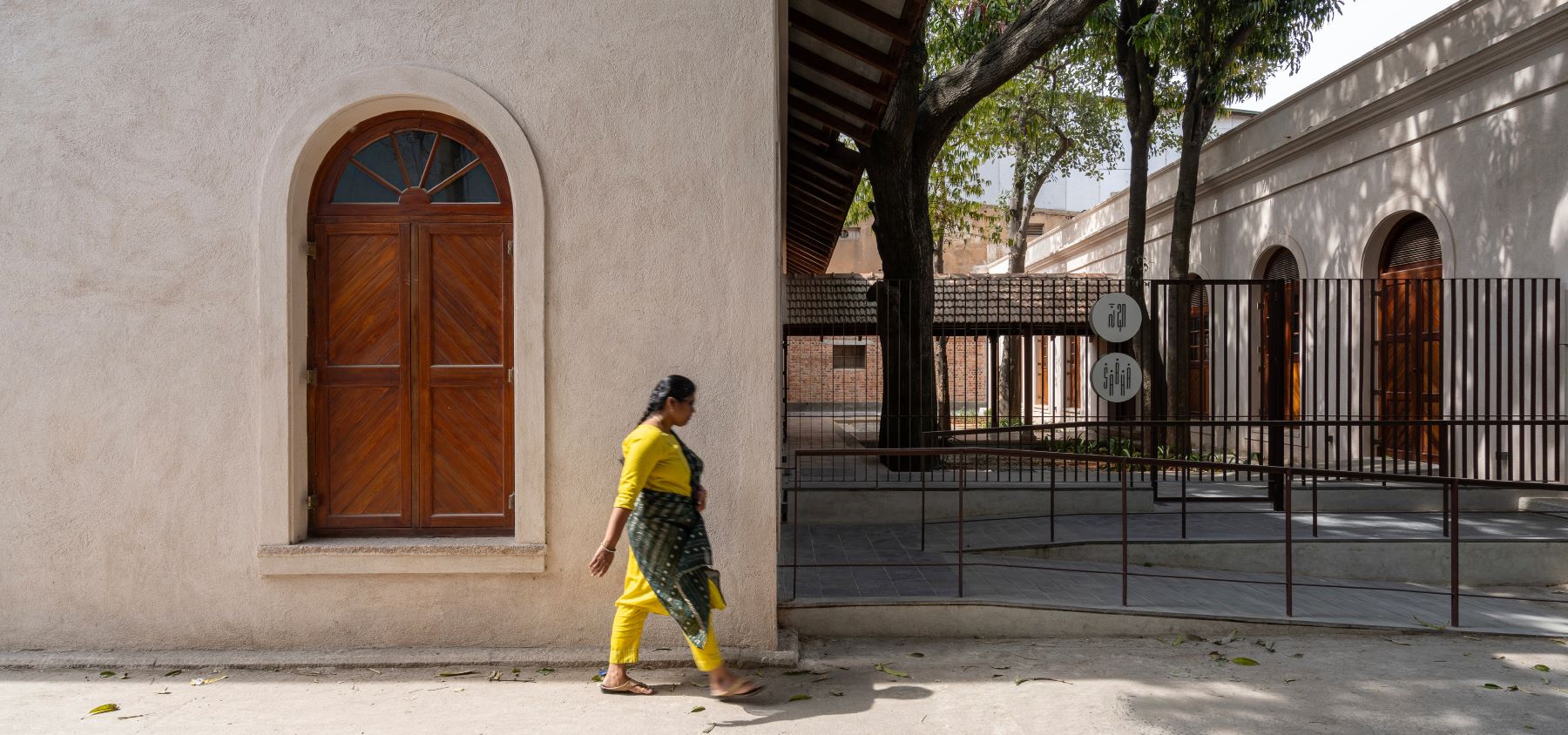
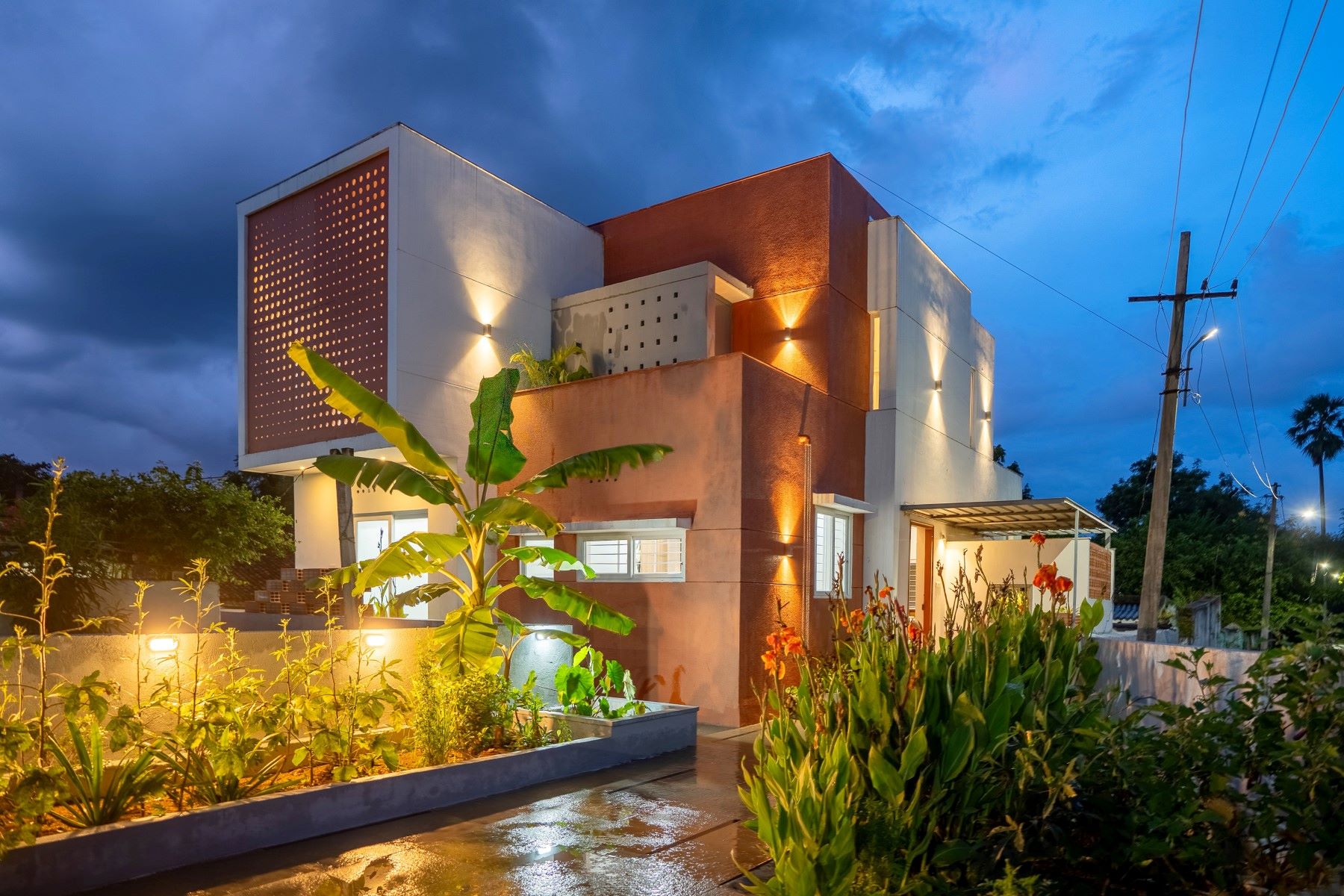

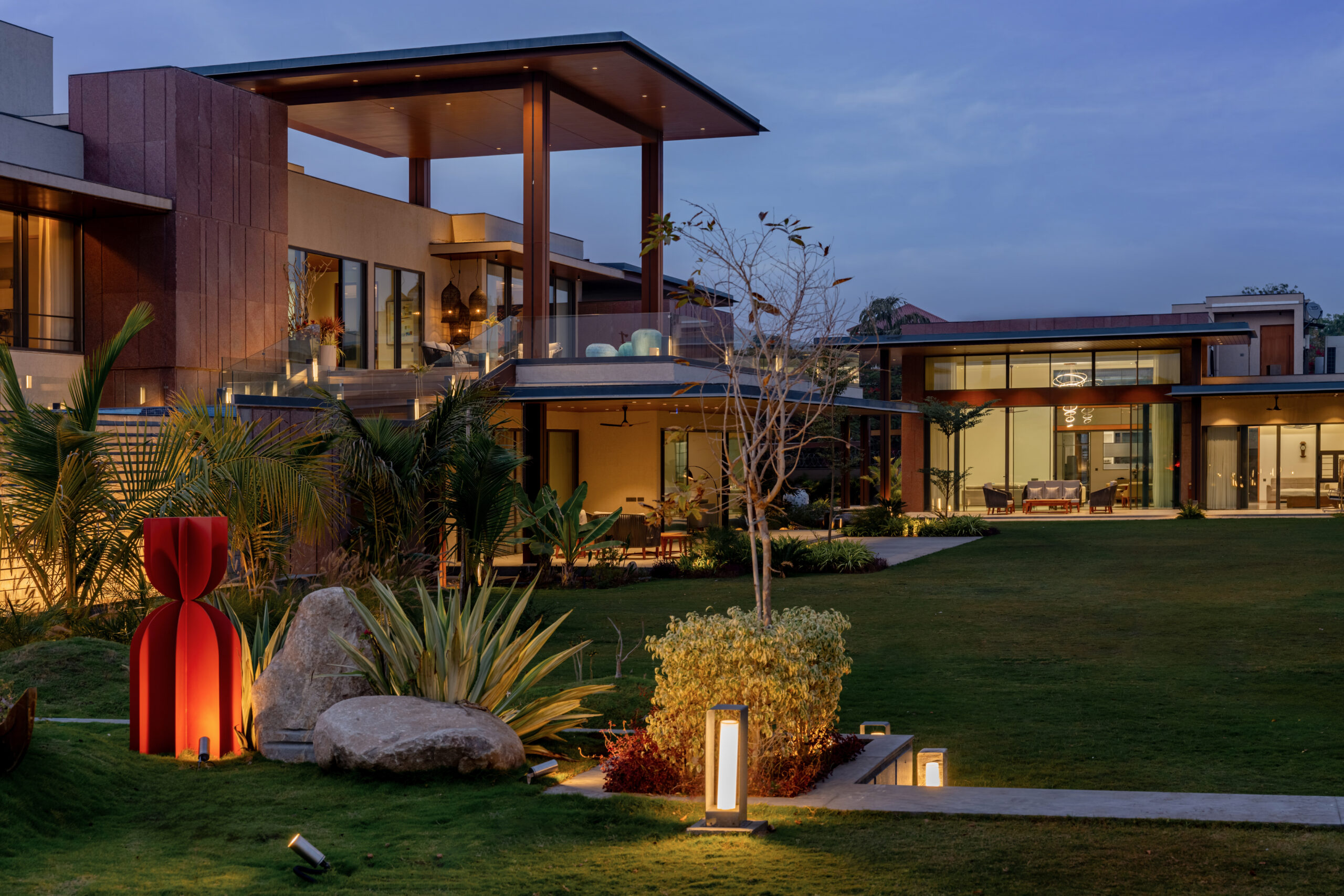
One Response
Great design and amazing architecture, all the minute matters are taken care of